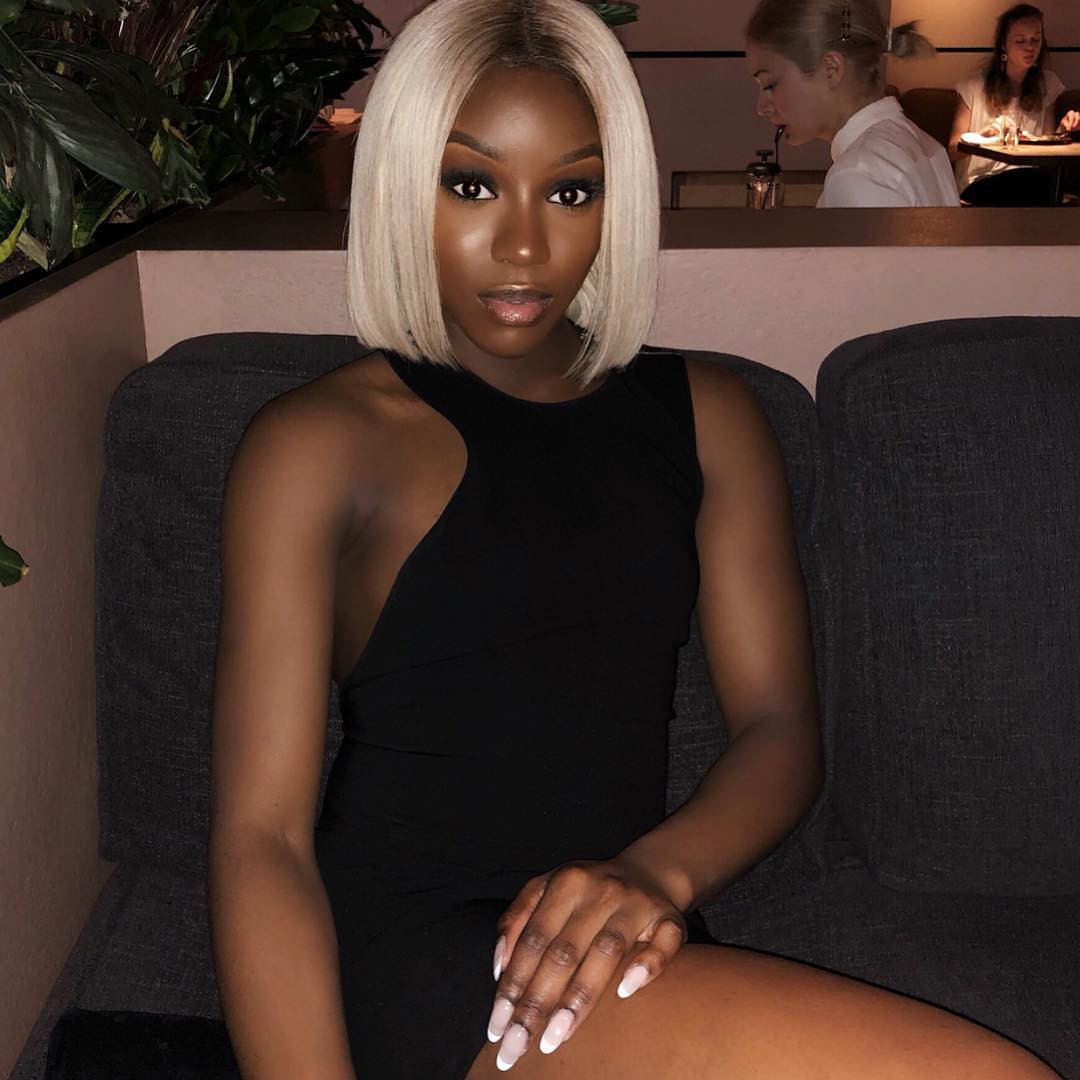

"More likes = more pics " says one profile bio. The panhandling for follows and likes can be shameless, as if teenagers are trying to rack up points in a video game. Instagram's system of liking and following offers an easy, public and quantifiable way for teens to measure their self-worth and popularity against their peers.

Love me, love me: Something else that never happened in prior generations: hearts. "This is now happening in a very public forum in a way that didn't happen in prior generations," she said. The problem with Instagram and other social networks is their public nature. "Interest in sexuality is beginning to gear up around that 12- to 15-year-old range, and so this is very typical and not new to this generation by any means," Daniels told Mic. Taking selfies, even purposefully intimate ones, is normal - and healthy - for teenagers, who are biologically fated to be exploring their sexuality as they develop into adults.Įlizabeth Daniels, a psychology professor at the University of Colorado, Colorado Springs, has been studying how teenagers perceive their behavior on social networks. Because a user builds a persona from images alone, it is easy to reduce that user to an object of sexual desire. The Instagram community's narrow focus on these kinds of images is part of what distinguishes it from other social media platforms. The intimacy of a selfie - the typically high angle of composer, the direct gaze between the subject and the viewer - often establishes an immediate, personal connection that can create a powerfully sexual undertone. This kind of photo is the core of Instagram, which has popularized the mass distribution of selfies, photographic self-portraits that offer close-up and often emotional examinations of the subject. A comment underneath the photo reads: "I would fuck that big ass :)."

Instagram marked one of Alex's photos with its "Most relevant" tag because the image caption included the hashtag after one of the artist's lyrics ("Baby I'ma need you to beg for it"). Her selfie appeared in a compilation of images tagged #arianagrande, a pop star whose songs appeal to teens and whose innocent pout appeals to older men. In the four years since its creation, Instagram has become a welcome mat for sexual predators, the result of a perfect storm: validation-hungry teenagers who distribute sexualized images publicly and lecherous adults who know that showering them with likes and follows is the best way to lure them closer.Īlex is a 15-year-old Instagram user, according to her public profile. Jessie had stumbled upon the dark underbelly of Instagram, where adults prey on teenagers whose intimate photos sit in plain sight among the sierra-filtered fall foliage and #skinnyarm besties. People who obviously didn't know this boy but were getting off to him." Accounts with blank profile photos, or of older men. "A lot of came from other young people, teenagers," he said. Jessie was creeped out, but what he noticed next disturbed him most: The picture had received thousands upon thousands of likes. "Like, 11-years-old young boy," Jessie said. But the image, it turned out, wasn't of a "hot guy" - it was of a young boy. Jessie, a 20-something male in New York, had clicked on what he thought was an innocuous selfie on Instagram, the kind of photo we've come to expect from a generation which thinks the best way to prove your worth is to purse your lips while staring into a water-stained bathroom mirror. "I thought it was just a hot guy with his shirt off." "It was on the popular page," he told me.


 0 kommentar(er)
0 kommentar(er)
